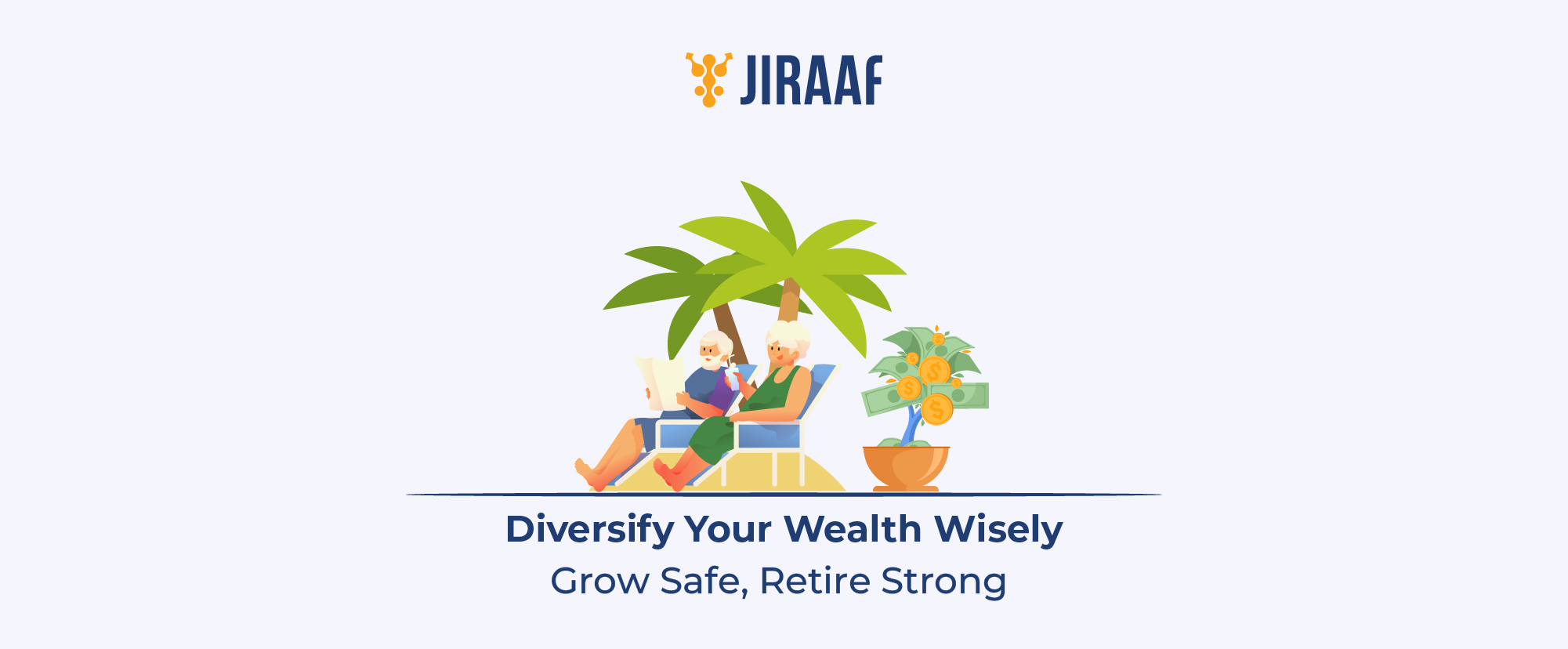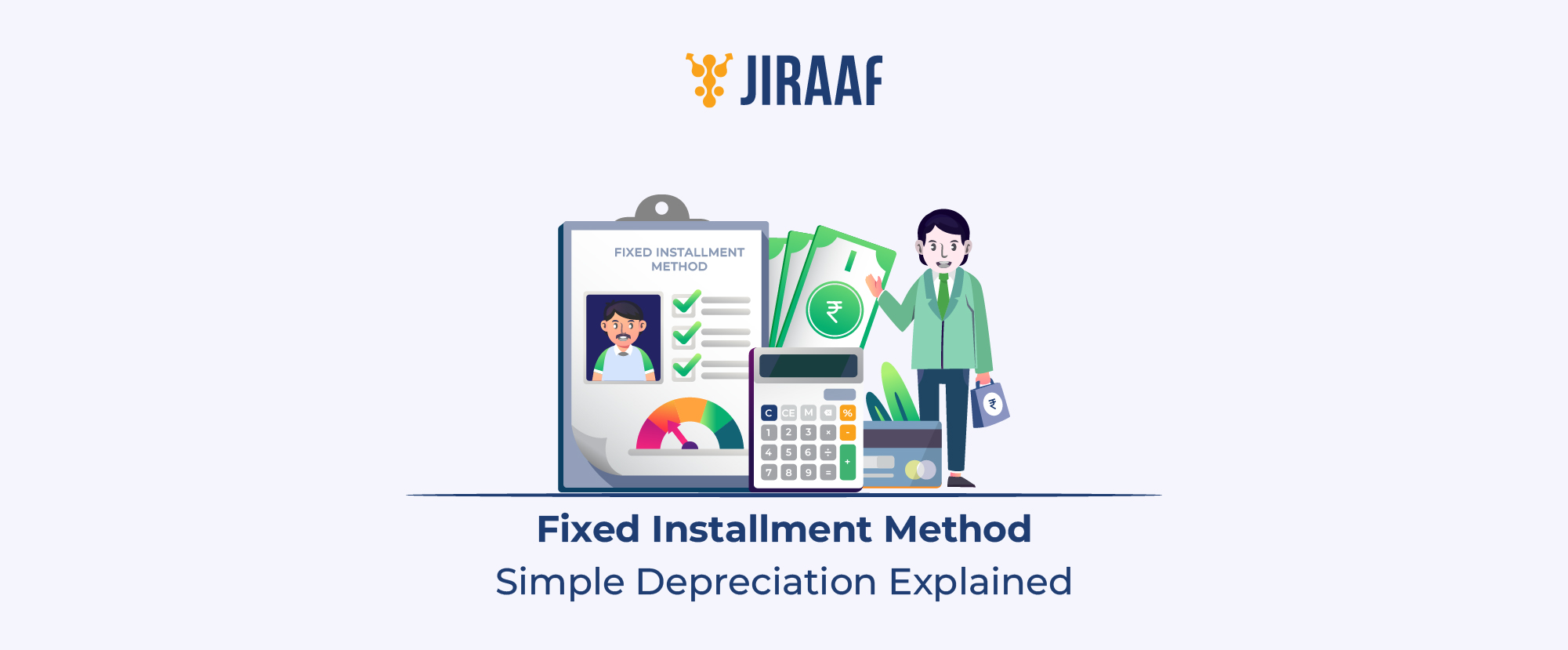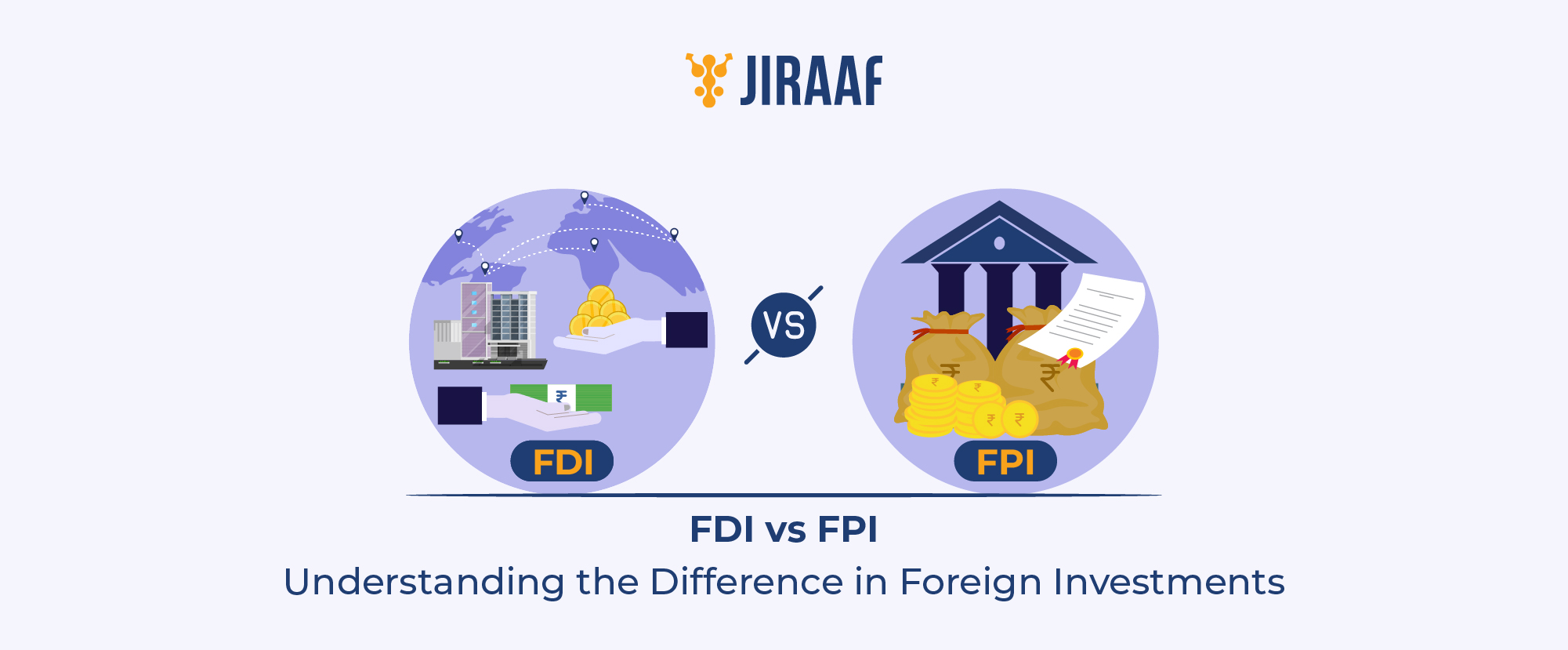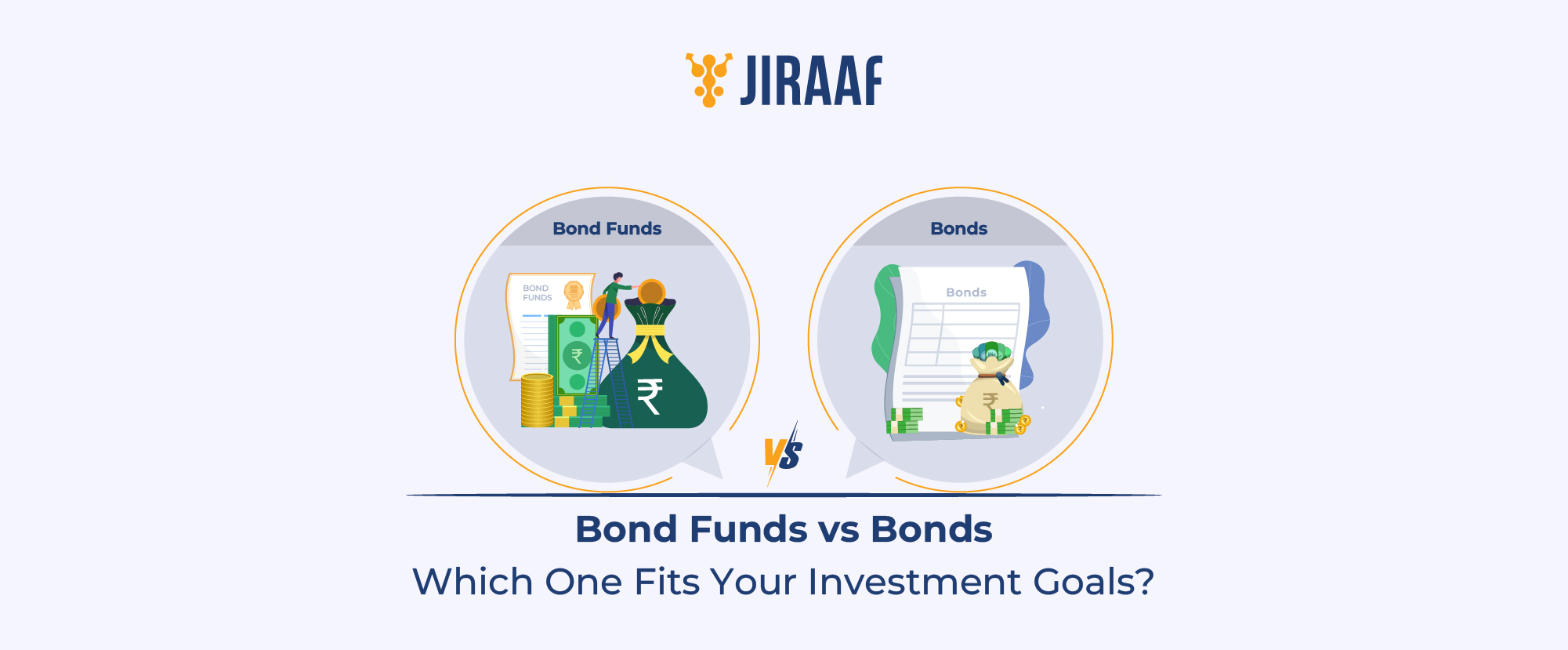Putting all your savings in one basket is like walking a tightrope without a safety net—one market slip, and years of your effort could unravel. Diversification is what steadies your grip on that rope, like a balancing pole.
By spreading your investments across different asset classes, you balance growth with security, cushioning your future from uncertainty. That balance is key to lasting financial health.
In this blog, we’ll see how to build a diversified retirement portfolio that keeps your wealth steady, adaptable, and ready for the years ahead.
Understanding Retirement Portfolio Diversification
The idea here is simple yet powerful: different assets perform differently under varying economic conditions. When equities fluctuate, bonds or fixed deposits tend to offer steadier returns. Meanwhile, government schemes act as safety nets, cushioning your portfolio against volatility.
If you’re retired or nearing retirement, at this stage, many investors look for products that protect capital while providing regular income. Spreading your money across instruments like bonds, SCSS, and dividend-paying funds can help you maintain stability even when markets fluctuate. This way, your portfolio supports your monthly needs today while keeping your savings intact for the years ahead.
With a clear view of how diversification works, it’s time to explore the low-risk investment options that make your retirement portfolio more stable.
Low-risk Retirement Investments to Consider
The goal here is to preserve capital while still earning reasonable returns. Here are some reliable low-risk investment options—and why they deserve a place in your plan.
Bonds
Bonds offer predictable returns and help offset equity market volatility. They pay regular interest and return your principle upon maturity, making them ideal for retirees seeking stability.
Including high-quality bonds in your retirement portfolio creates a dependable income stream while safeguarding your capital. Jiraaf, a trusted investment platform, makes accessing these opportunities simple by curating secured, pre-vetted bond options from credible issuers.
This approach allows you to build a stable foundation for your retirement income while maintaining the security and reliability that matter most during your post-career years.
Public Provident Fund (PPF)
The public provident fund (PPF) remains one of India’s most trusted long-term savings instruments. Backed by the government, it enjoys exempt-exempt-exempt (EEE) status —meaning the investment, interest earned, and maturity proceeds are all tax-free. It also qualifies for Section 80C deductions, adding to its tax efficiency.
With a 15-year lock-in period, the PPF encourages disciplined investing while offering stable, risk-free returns that support long-term capital growth. However, it offers limited liquidity—partial withdrawals are allowed only after the seventh year, and full access is available only at maturity.
Senior Citizens Savings Scheme (SCSS)
Tailored specifically for retirees, SCSS provides guaranteed quarterly interest and higher rates than traditional savings instruments. The government backing ensures complete safety, and the account can be extended for one block of three more years after maturity. It’s an excellent option for those seeking regular post-retirement income.
Fixed Deposits (FDs)
Traditional bank FDs remain a popular choice for retirees seeking stability and steady returns. However, platforms like Jiraaf now offer access to small finance banks and NBFC FDs with transparent risk ratings that deliver higher yields than conventional bank deposits.
For risk-averse investors, traditional FDs serve well as a foundation, but if you’re willing to take slightly higher, well-assessed risk, these curated options from credible issuers can help you earn better returns while keeping your capital largely secure. A balanced mix of short- and medium-term FDs across both traditional banks and selected corporate issuers ensures liquidity, flexibility, and optimized income for your retirement years.
Post Office Monthly Income Scheme (POMIS)
POMIS ensures a fixed monthly income—a valuable feature for retirees who rely on consistent cash inflows. It carries a sovereign guarantee and suits those prioritizing safety and predictability over returns. Pairing it with inflation-beating investments ensures balance over time.
As these options create the base for security and income, a complete portfolio must also include a growth component—one that ensures your money continues to work for you. That’s where equities come in.
Including Equity for Long-term Growth
In the early stages of retirement planning—typically in your 30s and 40s—the longer time horizon allows room to ride out short-term market movements. At this stage, portfolios usually include a higher share of equities through mutual funds or index funds to capture growth potential, gradually shifting toward more stable assets as retirement approaches.
This way, your portfolio not only grows but also adapts to your changing comfort with risk over time.
Balancing Debt and Equity Allocation
As you move closer to retirement, the balance between debt and equity becomes more about preservation than expansion. Gradually reducing equity exposure and increasing allocation to stable, income-generating assets helps smooth out market volatility while keeping your savings productive.
Balancing debt and equity in this way ensures that your portfolio remains steady, adaptable, and aligned with your evolving financial goals.
Diversifying across Investment Products
The goal is to build a portfolio where different investments don’t move in the same direction at the same time. This low correlation helps smooth out volatility—when one asset dips, another can hold steady or gain—keeping your overall retirement savings on a more consistent growth path.
For example, when equity markets face a downturn, fixed-income instruments such as bonds, PPF, or the SCSS often remain stable or even perform better. This contrast in performance is what makes diversification powerful.
Selecting investments with low correlation—meaning their values don’t rise or fall together—you build a portfolio that can handle market ups and downs more effectively. When one asset class underperforms, another may hold steady or even gain, helping to cushion the impact. This balance keeps your overall retirement savings on a steady growth path, even when certain parts of the market face turbulence.
Ultimately, diversifying across products with different risk levels and return patterns strengthens your retirement plan, providing both growth and protection through every market phase.
Regular Review and Rebalancing of Your Portfolio
As markets shift and your life circumstances evolve, your original asset allocation can drift away from your intended plan. That’s why periodic reviews and rebalancing are essential parts of a sound retirement investment strategy.
For instance, if equities perform well and grow to occupy a larger share of your portfolio, you can move some of those gains into debt or hybrid instruments to restore balance. This ensures that your risk exposure stays consistent with your comfort level and financial goals.
Regular reviews—ideally once or twice a year—also help you evaluate performance, account for new expenses, and reassess your time horizon. It’s a proactive step that keeps your retirement plan aligned with both market realities and your changing needs.
By making rebalancing a habit, you maintain control over your diversified retirement portfolio, ensuring it continues to deliver steady and sustainable returns over the long run.
Conclusion
Diversifying your investments across different assets helps you manage risk and create a balance between growth, income, and security. Each product—whether bonds, PPF, SCSS, or equities—plays its role in keeping your wealth protected and productive.
The key is to stay disciplined, review your plan regularly, and adjust as your goals and circumstances evolve. Diversification doesn’t promise instant rewards, but it ensures that your savings stay resilient through market cycles and life uncertainties. In the end, a thoughtful, well-balanced portfolio gives you more than financial returns—it gives you peace of mind for the years ahead.









